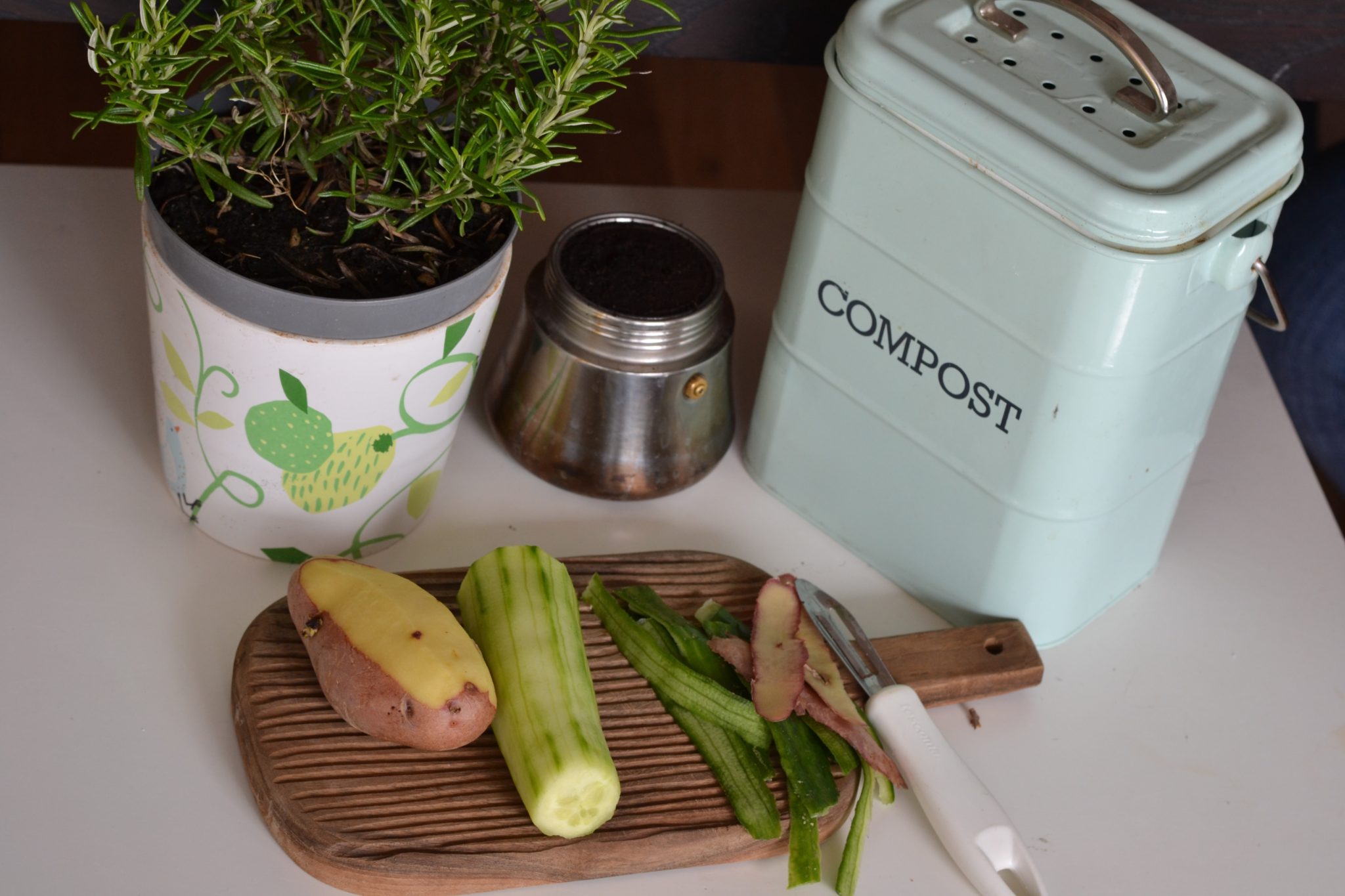Reduce. Reuse. Recycle.
We all had this phrase drilled into us as kids, as a way to teach us the importance of doing our part to protect the planet. In the years that have passed, we’ve all come to learn that this is just one piece of the puzzle when looking at how we can play our part in caring for the planet. Not only that, but the problem of pollution and waste has only increased in recent decades. It’s a large-scale issue that can feel difficult to tackle. By making several small changes to our daily habits, we can truly make an impact.
Read on to learn how you can reduce, reuse and recycle at home.
Five Ways to Reduce
1. Only buy what you need
We can all say that we’re guilty of getting a little over-excited and buying a new outfit for every wedding that we’re invited to, the newest phone, or a small gadget that catches our eye, but that we may never use. Whilst this tip may seem obvious, it’s all about keeping this to the top of our minds, so that taking that extra moment to consider if we need the item we’re looking at is second nature. Training ourselves to take the extra minute to consider if we already have an item at home that may be able to fit the brief, or sticking to a specific shopping list of items that you need, can help minimise these unnecessary purchases.
2. Make active choices to minimise packaging
Avoiding packaging (in particular, plastic) is incredibly difficult these days, but there are simple choices that can be made to minimise this. Ensuring you bring reusable shopping bags with you is becoming increasingly common, but take this a step further and purchase a set of reusable cotton produce bags like these, so that you’re not reliant on flimsy plastic bags to keep all of your apples in one place. Also, try to select items that use less packaging to minimise waste and encourage widespread change in the industry. You may even be lucky enough to have a packaging-free supermarket in your area.
3. Use plastic alternatives where you can
Keeping on the topic of food, we’d probably all be astounded if we were to see a pile of all of the plastic wrap that we have used throughout our lives. Of course, we all want to keep our food fresh so as not to waste it. This is where beeswax wraps come in! These reusable, washable and sustainable alternatives to plastic wrap do the same job and are widely available.
4. Opt-in for paperless bills, where possible
You may need to go digging around in the settings of your bank or electricity provider, but these days most companies offer a paper-free option for receiving your bill. While it’s a small difference, not only are you saving paper but limiting the carbon emissions associated with sending your mail to you.
5. Utilise your powerpoint switch to minimise standby power usage
Here in Australia, we are fortunate that our standard powerpoints have a switch to ensure household items do not stay in standby mode. It is important to make a habit of this and to use this feature as often as you can. A 2019 study showed that standby power can account for more than 10% of a household’s electricity use. By utilising these switches, not only does this save you money, but also reduces your household’s carbon footprint by limiting the amount of electricity you are using.

Five Ways to Reuse
1. Invest in a quality keep cup or reusable water bottle
Cutting down on waste is easy when you have a small arsenal of reusable products! For a relatively small investment into a reusable water bottle, a keep cup for your morning coffee, and a tote bag to keep in the car at all times, it’s easy to avoid picking up more plastic and other waste throughout the day.
2. Reuse disposables where you can.
For instance, if you need to purchase disposable plates (it’s okay, we all do sometimes!), the planet will thank you if you go to the extra effort of buying sturdier plates and cups that can withstand a couple of washes and can be reused.
3. Create some fun crafts
As they say, one man’s trash is another man’s treasure! Before throwing out household items like yoghurt cups or toilet paper rolls, consider that they could be used by a creative child (or adult!) to create some fun crafts. For some ideas, check out this. If you don’t have any kids in your household, you can always contact a local school or daycare and see if they’d want to take the items off your hands.
4. Purchase second-hand goods
We all know about second-hand clothing stores and the incredible value those can bring, but don’t forget about a good old-fashioned garage sale! Each November, Australia-wide, the Garage Sale Trail takes place. Keep an eye on their website for garage sales that will happen near you! You may even want to get involved and use this as an opportunity to sell some of your unwanted items.
5. Repair rather than replace
If you can, invest in repairing your broken items instead of replacing them. The website iFixit contains repair guides for all sorts of household items, to make these repairs as accessible and simple as possible. If you’ve already given that a try or if your items are too far broken, reach out through a community board or Facebook page to see whether someone in your local community has use for the parts.
Five Ways to Recycle
1. Upcycle
Upcycling is a creative and innovative way to breathe new life into an item that you no longer need. For instance, your old curtains could be turned into a dress, a scrunchie, or even something so simple as a cleaning rag. It’s also a lovely way to keep alive the memory of what the item used to be.
2. Support recycled products
Purchase products made from recycled materials wherever you can. Not only does this cut down on the amount of waste going to landfill, but by supporting brands who take the initiative to use recycled materials in their products, this will slowly shift the market demand towards renewable products like these.
3. Recycle your electronics.
When your phone or laptop inevitably dies and cannot be repaired, we’re often left wondering what is it that can be done with these old pieces of technology. You can minimise this e-waste by dropping your items off to be recycled by companies like MobileMuster in Australia. There are over 3,500 drop off points around the country, and you can rest easy knowing that your old mobile has moved onto a new life.
4. Make use of speciality drop off points
Speaking of recycling difficult items, you may have received some packaging that is too large or is unable to go into your regular recycling bins. This is where companies like RedCycle come in. They are a recycling organisation who collect soft plastics which would otherwise go into landfill. They have partnered with major supermarkets like Coles and Woolworths, so keep an eye out for their drop off points the next time you do your weekly shop.
5. Get into composting
Composting is a fantastic way to recycle the nutrients from your food waste, with the bonus that you get some fantastic high-quality soil out of the process! Many local councils are now providing compost bins as part of their regular service. For more information on getting started, check out this fantastic resource here.

Liked this article? Here's some more you might like:







